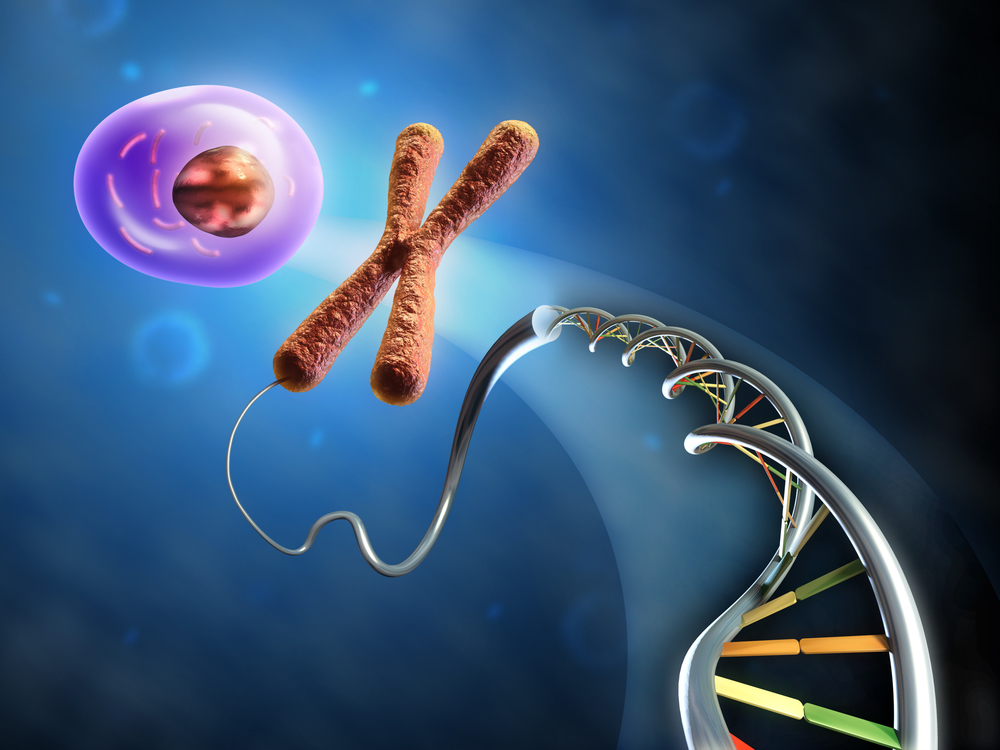MIG400 - UAB Pathobiology Teaching Resource
UAB Pathobiology Teaching Resource

Welcome to UAB Pathobiology Teaching Resource.
This is an exciting time for students of medicine because the fundamental mechanisms of disease are being unveiled at a remarkable pace. Pathology forms the scientific foundation of medicine and advances in the basic sciences ultimately help us in understanding diseases in the individual patient. While not designed to be a comprehensive treatise of pathology, this overview of general pathology provides students with the fundamental knowledge they will need to understand and keep pace with advances in pathology and medicine.
In order to link the fundamental mechanisms of general pathology with the actual clinical presentations seen in patient, we have developed the Interactive Pathology Laboratory (IPLab) which offers an interactive, case-based approach for learning, reinforcing, and demonstrating the basic concepts of pathology. This program consists of actual autopsy or surgical pathology cases outlining clinical and laboratory findings along with gross photographs and photomicrographs accompanied by descriptive text. Whole slide imaging (virtual microscopy) is fully integrated into IPLab. Students now have the opportunity to explore entire slides on their own, as if they were in a traditional pathology laboratory with a microscope.
This robust integrated web-based resource is designed to cover general pathology so students of medicine can explore the fundamental mechanisms of disease at their own pace through self-study or in study groups as learning teams.
Learner Outcomes
Upon completion of this course, you will be able to:
- Relate the fundamental molecular mechanisms of pathologic entities with their clinical ramifications.
- Explain how normal cellular and physiologic processes are altered to lead to disease.
- Predict the morphologic changes that would occur due to specific disease processes.
- Describe the various mechanisms responsible for cell death and summarize the specific cellular and tissue response to these fatal insults.
- Explain the basic steps in the inflammatory process including the cells involved, the inflammatory mediators and the morphology of the tissue changes.
- Summarize the series of events leading to blood coagulation including the sequence of mediators and reactions leading to the formation of a thrombus, the dissolution of the thrombus (thrombolysis), and the tissue response to the blockage of blood flow.
- Relate genetic abnormalities to the resultant pathologic changes in diseases/abnormalities caused by genetic abnormalities.
- Explain the pathologic changes associated with the various immune mediated reactions including the cellular response, the cytokines involved, and the tissue morphology of immune mediated diseases.
- Assess the link between genetic alterations/instability and the development of neoplasia and be able to describe the various morphologic and growth characteristics and clinical ramifications of neoplastic processes.
- Identify the morphologic changes/damage that occurs to patients and tissues resulting from various environmental insults including alterations in nutrition.

